Data migration strategies – Trickle Vs Big Bang
9 September 2022 | Noor Khan
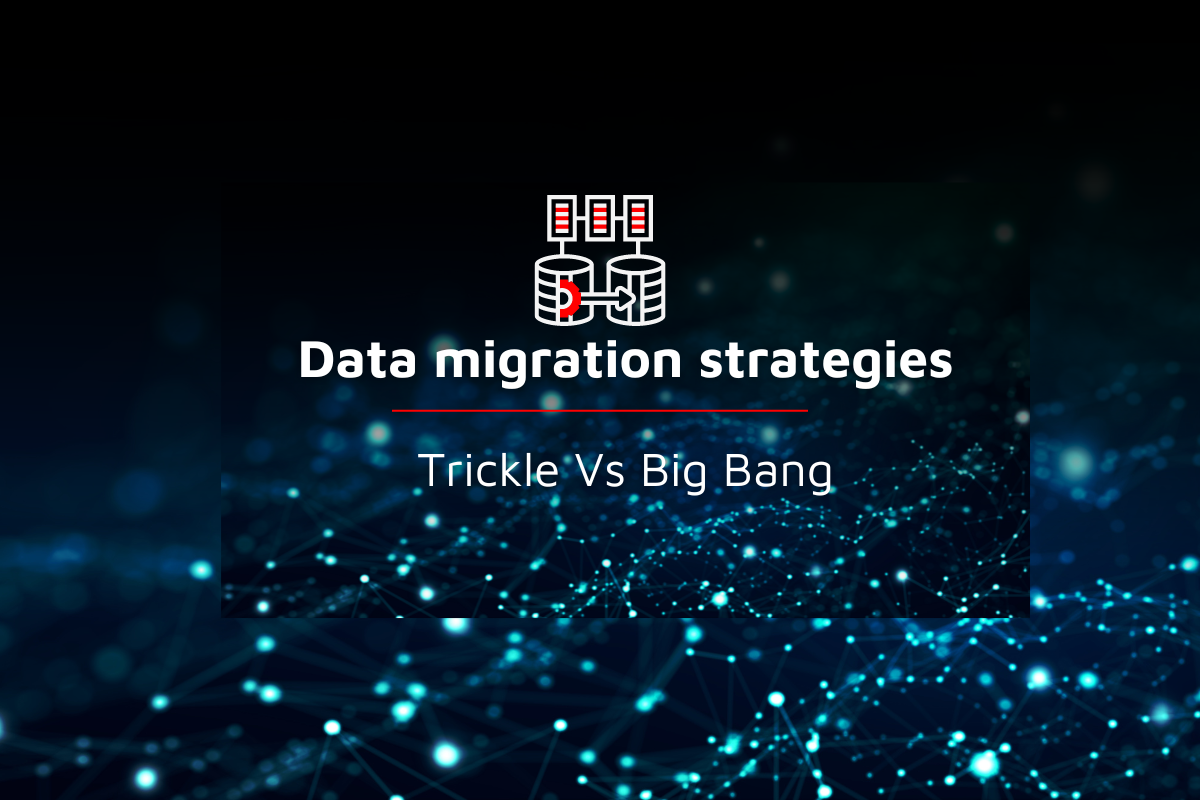
Are you looking to migrate your data? Is it because your data has outgrown your existing systems or do you want to centralize your data? Whatever, the reason behind your decision, data migration can provide incredible benefits to organisations ranging from improved data performance, collated information, and data set, reduce long terms costs and increase ROI. Ensuring you choose the right data migration strategies is important for you to successfully complete your data migration within the set time and budget.
There are two main types of data migration strategies. We will explore each one, the key benefits and limitations of each and how to choose which is the right strategy for your data and organisation.
Trickle database migration
Trickle migration is the migration of data in small increments, hence the name ‘trickle’. The data is broken down and organised in chunks to carry out the migration for each separately. Each chunk of data migration will have its own timeline and once completed the next mini-migration can begin. This ensures that should an error or failure occur the entire data migration is not impacted. Only, the data migration at hand is affected which makes dealing with these issues a lot more manageable for the data migration teams.
There are some key benefits and limitations to consider if you are looking to migrate your data with the trickle database migration.
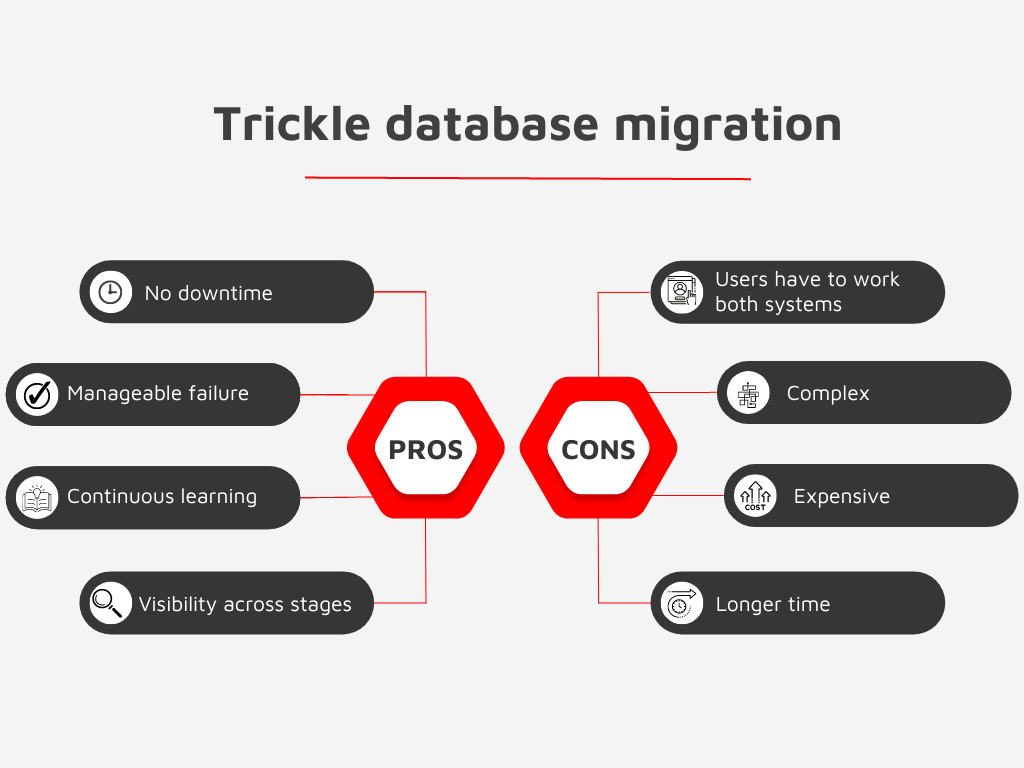
Key benefits of trickle database migration
- Manageable failure recovery
- No downtime is required
- Any lessons learnt can be applied to subsequent mini-migration
- Visibility across data migration stages
Limitations of trick database migration
- It may require a longer time with multiple mini migrations
- Users have to work with both systems to access their data during the migration process
- Can be more expensive to maintain both source and destination systems
- Can be more complex with the syncing of data
Big bang database migration
Big bang database migration is data that is migrated in one phase. The entire database migrates from one system to another, therefore a significant level of preparation is key. To ensure minimal disruption to a business's operations, designing, planning and testing are key. With this method there will be downtime of the system when the actual ‘bang’ data migration is taking place, this will vary depending on a wide range of factors including volume of data, variety of data, data source and destination and the technologies employed.
There are a number of key benefits and limitations of big bang database migration and they include:
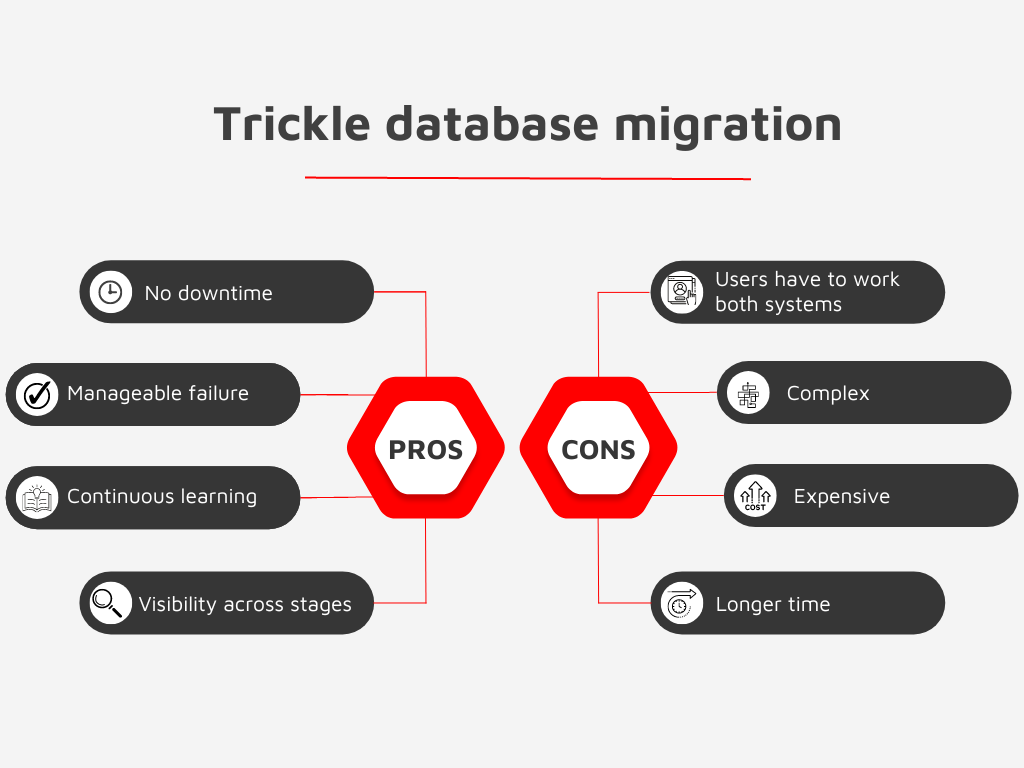
Key benefits of big bang database migration
- It can be in-expensive if all goes to plan
- One big migration can be simple compared to parallel migrations taking place
- The actual migration point is in a short time frame
Limitations of big bang database migration
- If one error occurs it can impact the entire data migration
- This can result in extended downtime and high costs
- Downtime is required for both source and destination systems
Data migration strategies - Big bang database migration Vs Trickle database migration

Choosing the right data migration strategy is key to avoiding dealing with longer downtimes and costly failures. Therefore, you will need to take these factors into consideration:
- Are you able to have a downtime of your systems or do the systems need to be up and running to ensure data consistency?
- What is your budget? As big bang can be the more cost-effective solution if no major issues occur.
- What is the volume and variety of data, which will ultimately affect the duration and the strategy selected?
- How accessible does your data need to be during the migration process?
Ardent data migration solutions
If you are unsure about what data migration strategy is right for you, then speak to an experienced data engineering services provider to get an insight into what is best suited to your data and your organisation. Ardent has worked with a wide variety of clients to deliver data migration solutions with minimal disruption to day-to-day operations.
Find out how to create an effective data migration plan to ensure its a success and the key challenges of migrating data.

If you want peace of mind whilst migrating your data with experienced professionals, then get in touch to find out more.
Ardent Insights
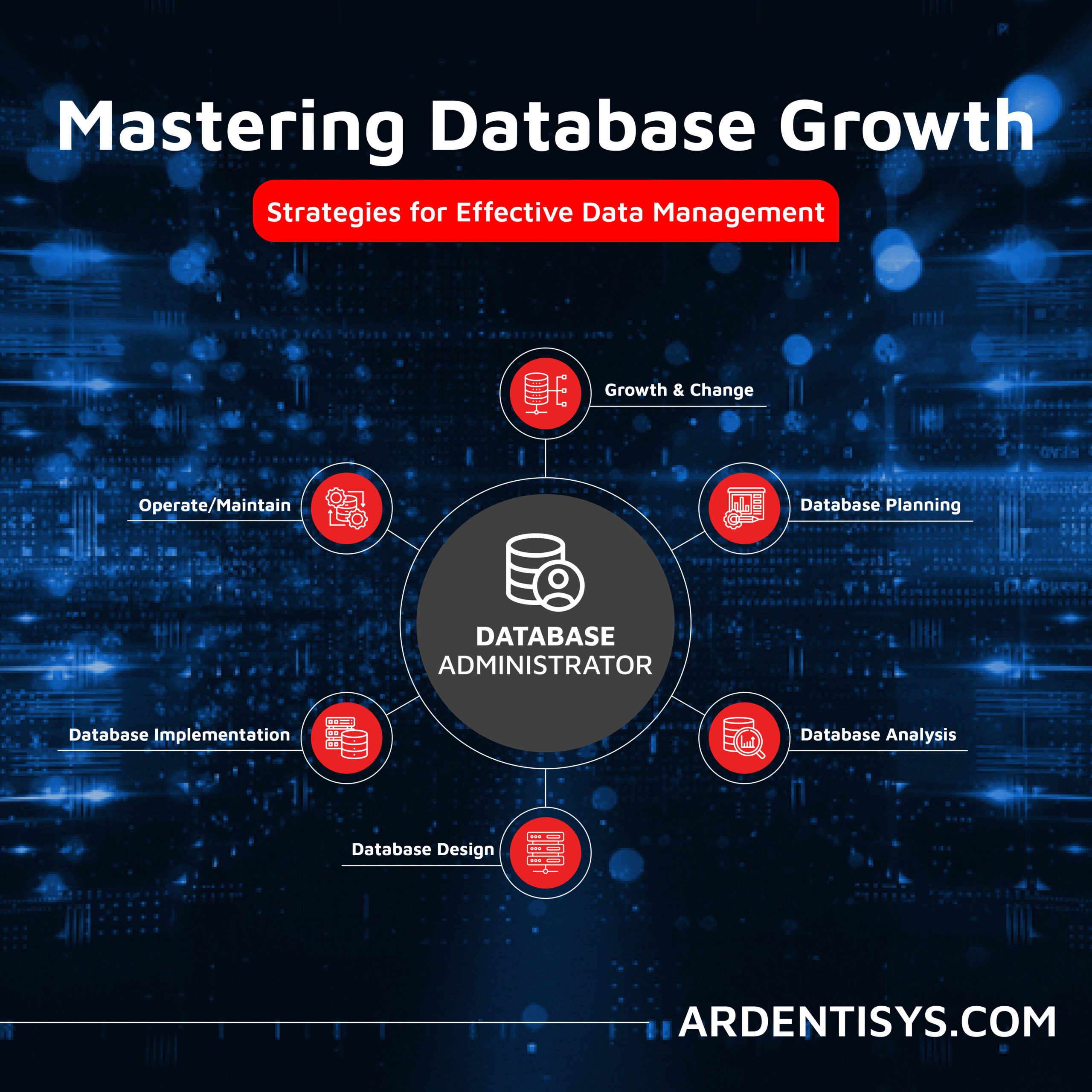
Overcoming Data Administration Challenges, and Strategies for Effective Data Management
Businesses face significant challenges to continuously manage and optimise their databases, extract valuable information from them, and then to share and report the insights gained from ongoing analysis of the data. As data continues to grow exponentially, they must address key issues to unlock the full potential of their data asset across the whole business. [...]
Read More... from Data migration strategies – Trickle Vs Big Bang
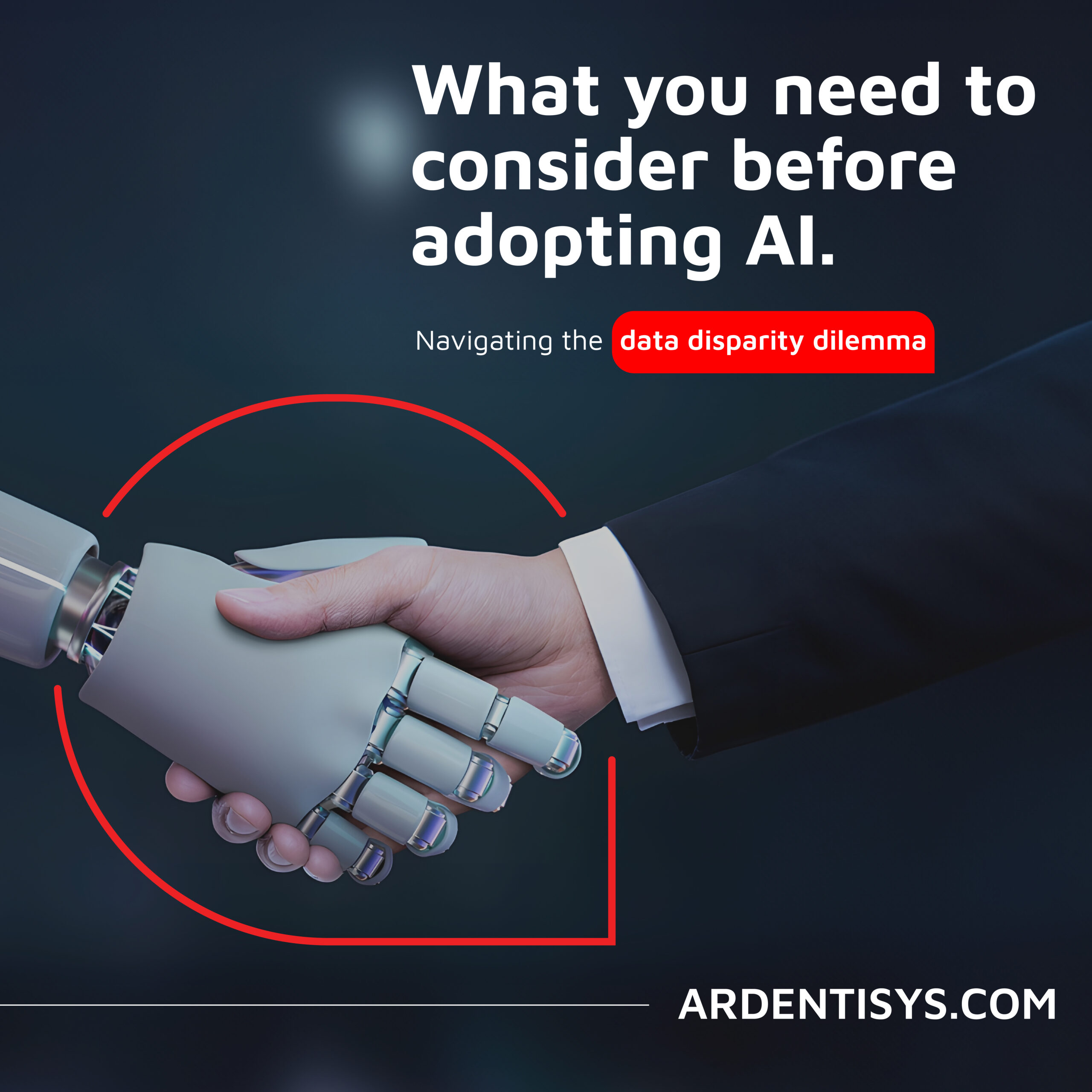
Are you considering AI adoption? We summarise our learnings, do’s and don’ts from our engagements with leading clients.
How Ardent can help you prepare your data for AI success Data is at the core of any business striving to adopt AI. It has become the lifeblood of enterprises, powering insights and innovations that drive better decision making and competitive advantages. As the amount of data generated proliferates across many sectors, the allure of [...]
Read More... from Data migration strategies – Trickle Vs Big Bang
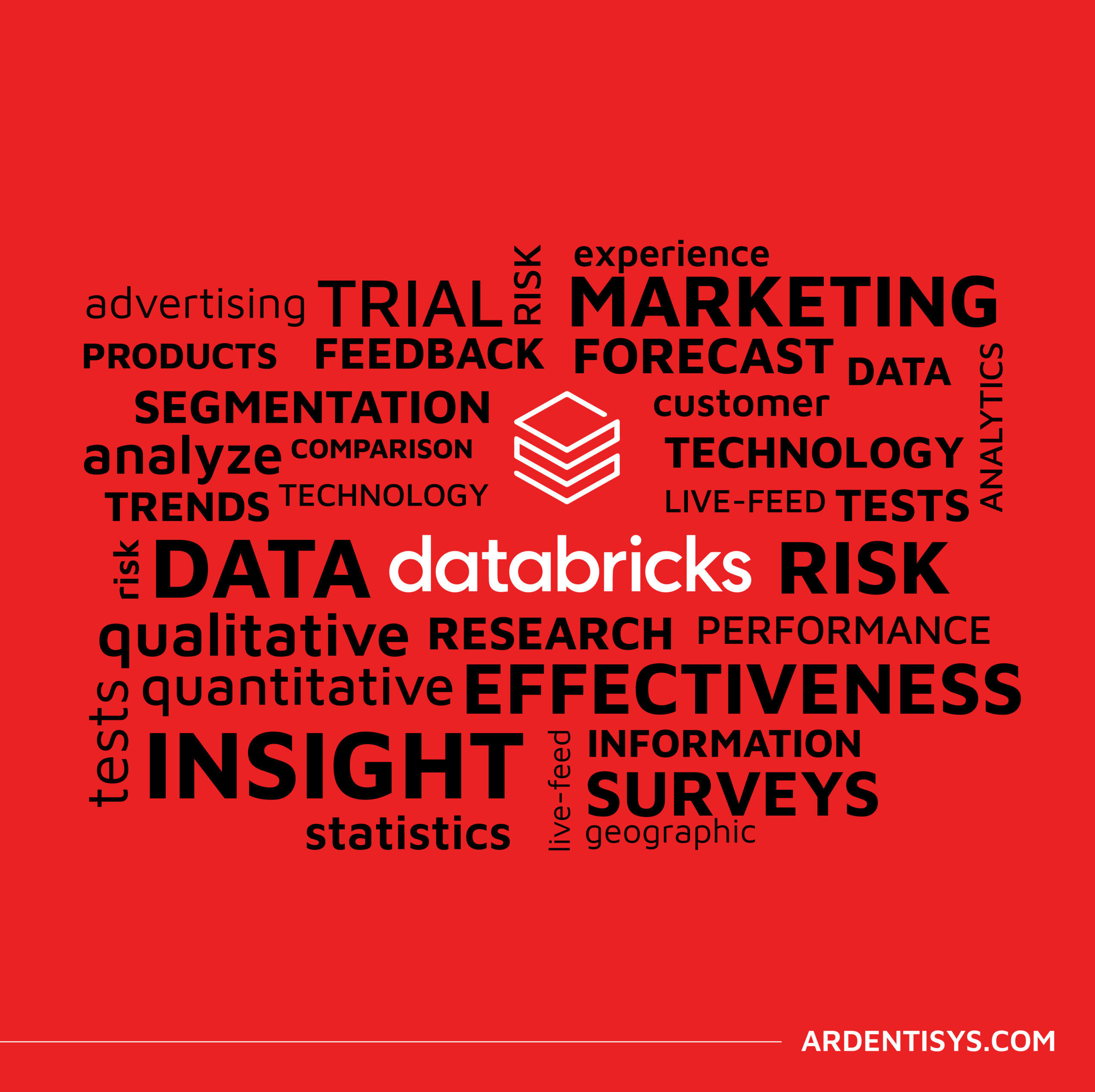
Why the Market Research sector is taking note of Databricks Data Lakehouse.
Overcoming Market Research Challenges For Market Research agencies, Organisations and Brands exploring insights across markets and customers, the traditional research model of bidding for a blend of large-scale qualitative and quantitative data collection processes is losing appeal to a more value-driven, granular, real-time targeted approach to understanding consumer behaviour, more regular insights engagement and more [...]
Read More... from Data migration strategies – Trickle Vs Big Bang






